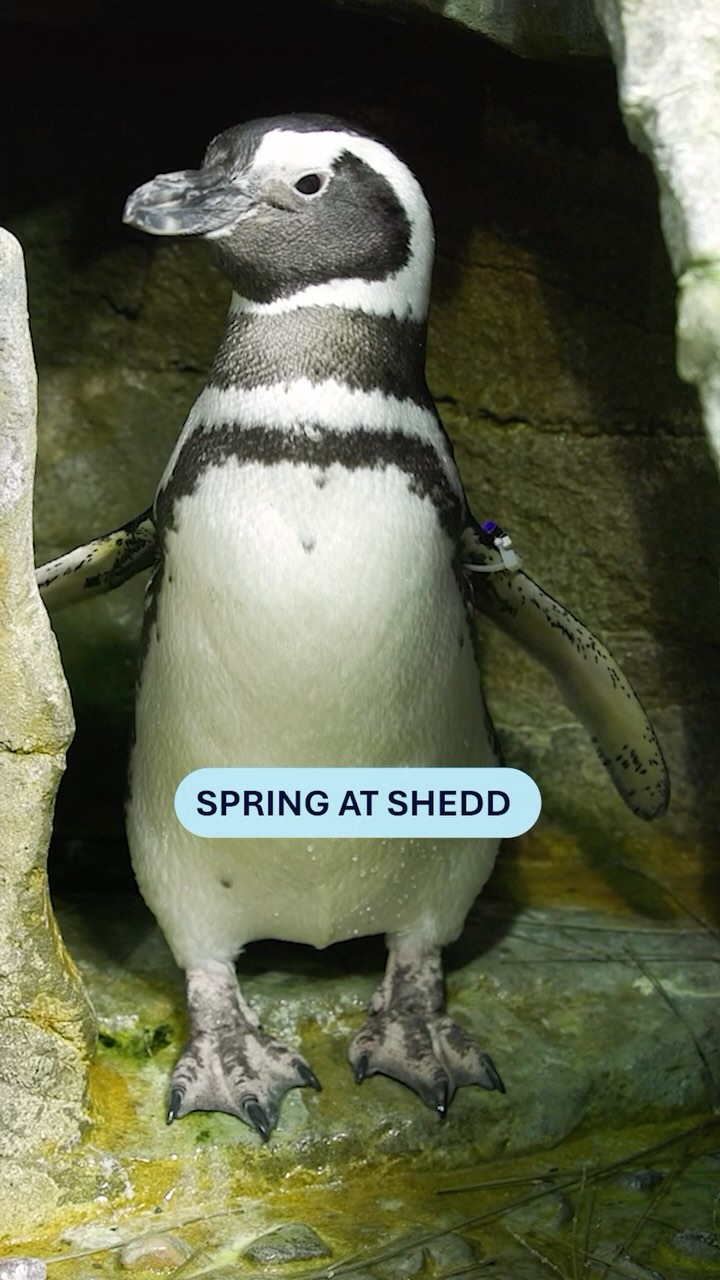- Spring marks the beginning of the nesting season for penguins, particularly the Magellanic and rockhopper species.
- Penguins exhibit fascinating nesting behaviors, including using various materials and sometimes pilfering from other nests.
- By simulating natural habitats, like with adjusted lighting and materials, zoos foster the innate behaviors of penguins.
- Conservation efforts are crucial to support sustainable populations of penguin species, both in the wild and in managed care environments.
- Interactive exhibits, such as Polar Play Zone, provide an educational opportunity for the public to observe and learn about penguin nesting behaviors.
As winter relinquishes its icy grip, the arrival of spring heralds a bustling season of renewal and life for many species, including penguins. This time of year signals more than just a shift in weather; it marks the onset of the nesting season, a period charged with the poignant rhythms of nature’s cycles. For the Magellanic and rockhopper penguins, this transition is pivotal as they embark on the journey to create nests that are both functional and attractive.
The distinct evolutionary paths of Magellanic and rockhopper penguins are reflected in their nesting behaviors. Magellanic penguins, native to South America, are known for digging burrows or using natural cavities to shield their nests from predators and harsh weather elements. This behavior not only safeguards their eggs but also demonstrates an evolutionary strategy developed over millennia to enhance reproductive success. In contrast, rockhopper penguins, found in subantarctic regions, typically construct nests from a variety of materials, including pebbles, feathers, and seaweed, assembled into shallow bowls. These materials aren’t chosen frivolously; each piece adds to the structural integrity and camouflage of the nest.
Interestingly, the process of gathering nesting materials is competitive. Observations have shown that some penguins, in their quest for the best nest, resort to kleptoparasitism, or stealing materials from neighboring nests. This behavior, while seemingly mischievous, illustrates an adaptive strategy where resource availability can determine reproductive outcomes. The drive to build and maintain a suitable nest requires energy and ingenuity, traits that are vital in a penguin’s repertoire for survival and attracting a mate.
In zoos, replicating these natural nesting environments is not just a matter of aesthetics but a fundamental part of animal care. Adjusting lighting conditions and providing materials mimicking those found in native habitats encourages natural behaviors among penguin populations in captivity. This careful design helps maintain the well-being of the animals and enhances their overall breeding success. By fostering an environment that supports these behaviors, zoos play a crucial role in the conservation and study of these fascinating birds.
This controlled simulation is beneficial not only for the penguins but also as an educational tool for visitors. Interactive exhibits like the Polar Play Zone serve as a lens through which the public can witness and appreciate the intricate nesting behaviors of penguins. Visitors gain insight into the challenges these birds face in their natural environments, strengthening the connection between spectators and the species’ conservation needs.
Conservation efforts are paramount in protecting penguin populations across the globe. With threats like climate change, overfishing, and habitat destruction looming large, penguins face challenges that require comprehensive strategies for mitigation and recovery. Collaborative efforts between conservationists, researchers, and zoos aim to address these threats through captive breeding programs, habitat restoration, and public awareness campaigns.
Understanding penguin nesting behavior offers a window into the broader ecological challenges these species confront. By studying their habits, scientists gain vital data that informs conservation tactics and supports sustainable population management. These insights are critical as they guide and optimize conservation methodologies, ensuring that these species can thrive for generations to come.
For the public, engaging with penguins up close offers a transformative experience. Witnessing the intricacies of their nesting rituals inspires a greater appreciation for biodiversity and the imperative of environmental stewardship. As penguins build and maintain their nests, they inadvertently craft narratives of survival, adaptation, and resilience, resonating deeply with those who take the time to observe.
In conclusion, the nesting season is a remarkable spectacle that underscores the resilience and adaptability of penguins. Through both natural and simulated environments, these birds offer valuable lessons in survival and adaptation. As we continue to enhance our understanding and support of these magnificent creatures, the importance of their conservation remains ever critical to preserving the rich tapestry of our planet’s biodiversity. Spring, with its promise of renewal, serves as a reminder of the interconnectedness of life and the enduring spirit of nature’s architects—the penguins.
*****
Source Description
🐧 Spring is here—and so is nesting season!
Magellanic and rockhopper penguins are building nests with materials to attract a mate or strengthen bonds. Some even steal from other nests!
By adjusting lighting and offering materials that mimic options available in their native habitats, we help support the natural behaviors of these incredible birds! See it for yourself in Polar Play Zone!


